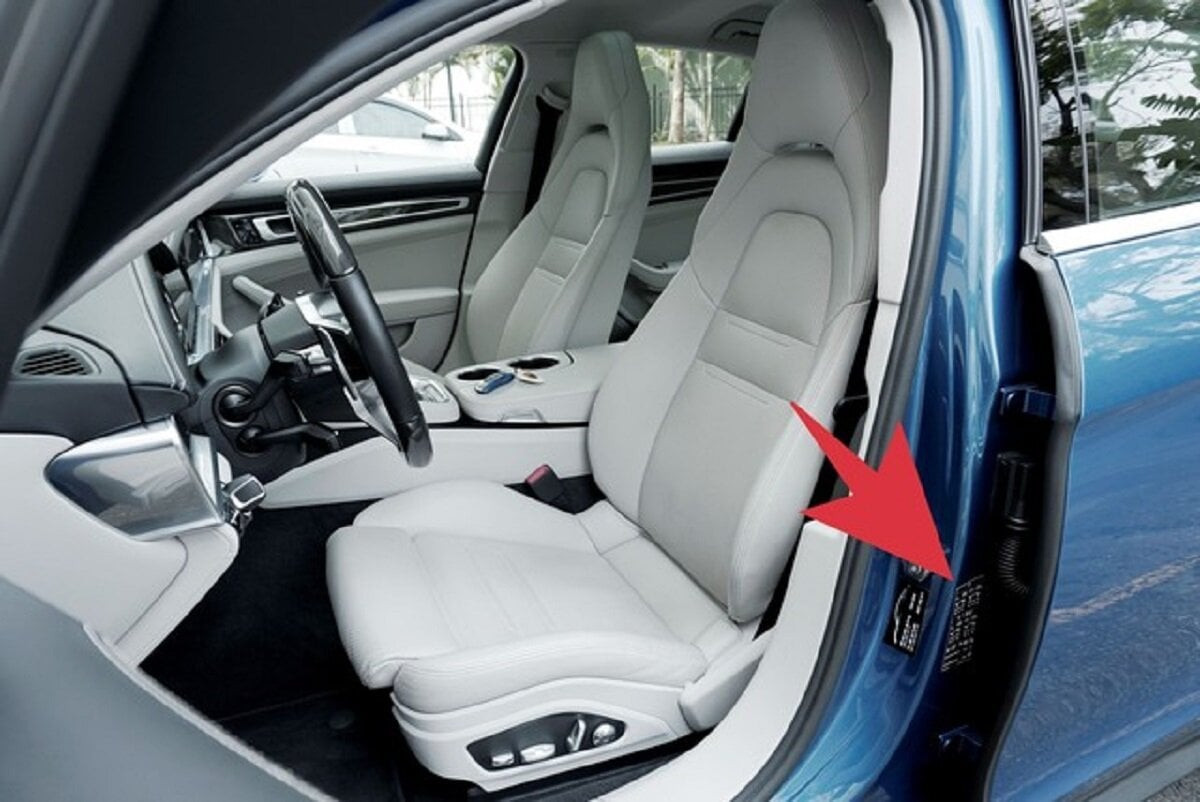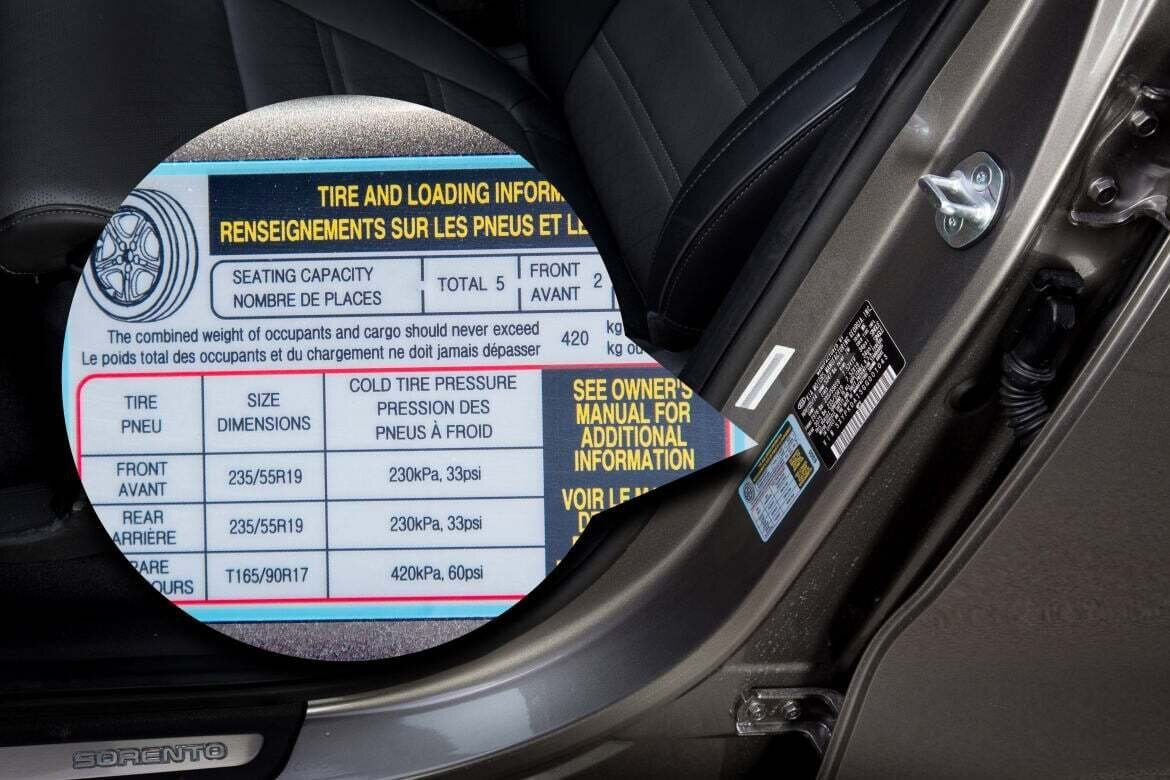Each vehicle has its own standard tire pressure specifications, no two vehicles are alike.
Therefore, users need to know clearly the location of the standard tire pressure sticker of the vehicle they are using.
Many inexperienced drivers often leave their tires inflated above the manufacturer's recommended standards. In some cases, tire pressure is too soft, affecting the vehicle's performance. Therefore, tire pressure must be kept at the standard level, as recommended by the manufacturer.
To find this parameter, car users can do it in two simple ways. The first is in the vehicle's user manual, the tire pressure parameters corresponding to each standard tire size are usually in the tire section, easy to find.

The standard tire pressure sticker location is usually on the driver's side B-pillar.
If you don’t have a manual, you can find the tire specifications on your car. Every car has a sticker with tire specifications inside the B-pillar on the driver’s door. If you can’t find it there, it’s likely on the inside of the gas tank cap.
Inspect only when tires are cold: Tires are considered cold if the vehicle has been parked for 3 hours or more or if the vehicle has not been driven 1 mile (1.6 km) at moderate speed.
Check the manufacturer's recommended Psi: Look on the driver's door jamb or in your vehicle owner's manual to see what the cold tire Psi is for both the front and rear tires.
Record the Psi of each tire: If the front and rear tires have different tire pressure levels, record the exact Psi of each tire to avoid confusion when checking.
Check the pressure with a gauge: Remove the valve cap from the tire, then place the tire pressure gauge on the valve stem and press firmly until the hissing sound disappears. At this time, the pressure gauge will do the job of displaying information to the user.
Inflate tires to recommended Psi: Using a pump to inflate tires will result in lower than standard pressure.
Over-inflated tires: For tires that are inflated more than the standard specifications, the tire will bulge, protrude in the middle and reduce the contact area with the road surface, thus causing rapid wear in the middle of the tire, while the two sides of the tire are still quite new.
Do not drive on over-inflated tires. Over-inflating tires can lead to reduced traction, premature tire wear, and reduced shock absorption.

Through the instruction paper attached to the driver's seat door frame, the driver can know the standard tire pressure parameters.
Under-inflated tires: This means that the sidewalls of the tire will sink and wear unevenly because the edge of the tire is in contact with the road more. In addition, tires that are too soft increase the contact area and friction with the road, causing the engine to work harder, consuming more fuel for the vehicle and making steering more difficult than usual.
In the long run, over-inflating or under-inflating tires can have negative effects on the average tire life. It can be understood that under-inflating tires by more than 20% compared to the standard can reduce tire life by up to 30%. Conversely, if the tire is inflated by 30% more than the standard, it can reduce tire life by about 45%.
According to VTC News